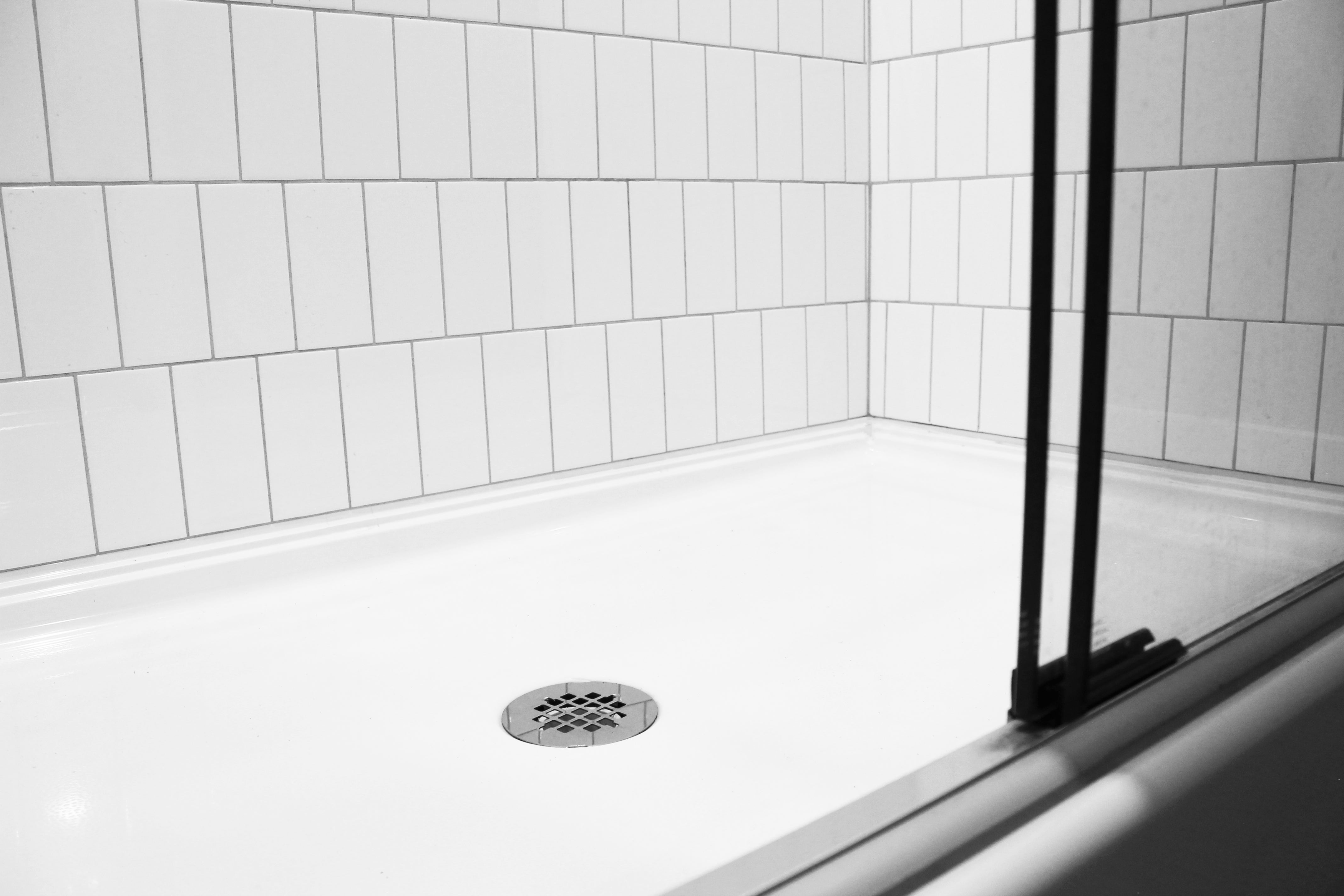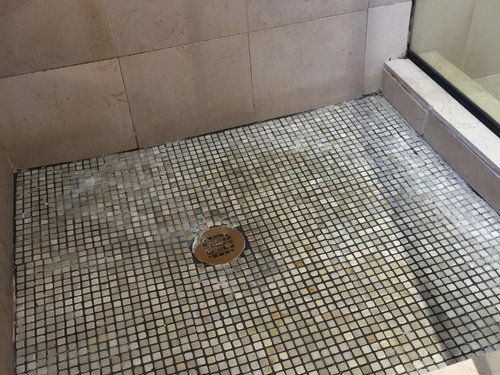Embarking On-Starting-Beginning Your DIY-Do-It-Yourself-Self-Installed Shower Drain-Bathroom Drain-Drainage System Installation-Setup-Project
Embarking On-Starting-Beginning Your DIY-Do-It-Yourself-Self-Installed Shower Drain-Bathroom Drain-Drainage System Installation-Setup-Project
Blog Article
Do you find yourself looking for tips concerning How to Install or Replace a Shower Drain?

Upgrading a shower room is among the much more preferred residence enhancement tasks. Managing the plumbing for draining your shower can be exceptionally easy unless you overdo.
Handling Your Own Shower Drain Installation Job
You can literally build a collection agency for your brand-new shower, yet you really need to think of it. Do you truly intend to get involved in the complications of getting the sloping appropriate, in addition to making sure every aspect of it is water resistant? As well as I imply every aspect! It is much easier to simply buy a pre-cast collector online or at your neighborhood Lowes, Residence Depot or hardware shop. Structure one may seem like a great concept, however you will probably really feel differently after a number of hours.
Regardless of just how you set about getting a frying pan, you ought to strive to use one that has the drain situated in the exact same area as the initial pan. Relocating the drainpipe pipelines can be a task, specifically if the building contractor utilized a distinct framework structure. If you are identified to move the drain, you are going to need to cut back the pipeline or lengthen it, which might suggest destroying large portions of the floor. Rephrase, you are going to be checking out a multiple weekend job.
Presuming we have our drainpipe lined up, the real attach is fairly easy. The water drainage pipe ought to be dealing with vertical as much as the collection agency. It will typically appear like a "U", which implies it acts as a cleanout to maintain unpleasant smells from returning up from the drainpipe. To connect the drainpipe, you are mosting likely to create a water limited connection between a drainpipe cap on the top of the pan and also the drain pipeline. Solutions vary, however you are generally mosting likely to do this by putting a combining piece on the top of the water drainage pipe. This is then covered with gaskets and also literally screwed right into the drainpipe cap. The drain cap must act as a locknut, to wit, it screws directly onto the combining.
The tricky part of this procedure is getting your drain cap to suit a watertight setting in the frying pan. This is completed by backing off the drainpipe cap when you make sure every little thing meshes. Then, you placed plumbings putty around the underside of the cap and after that screw it back on. The putty ought to develop a tight seal between the cap and the shower pan, which keeps water from flowing under it and right into the mounting under the shower.
Undoubtedly, shower room showers can be found in a wide range of styles nowadays. If you acquire a collector, they generally come with plumbing directions or the store can note anything uncommon you ought to know. It appears complex, yet is normally pretty straight forward. Enjoy!
Whether you are a bathtub or shower individual, the majority of people seek shower only choices when buying a house. This straightforward fact implies greater than a couple of homeowners spend a weekend break updating or mounting showers in their shower rooms. Thankfully for you, it is a relatively simple process.
An enthusiast or frying pan describes the straight surface area located at the bottom of the shower. The collection agency normally includes a non-slip surface slightly banked towards the facility or any place the drainpipe is located. Combined with 3 to 4 inch walls around the side, the goal of your shower water drainage plumbing is to get the water to stream to and down the drain.
Tips for Installing a Shower Drain Assembly
Renovating a bathroom can be exciting as well as fulfilling if you’re tackling the job DIY-style. After you cross off the bigger decisions such as tile style, paint colors, and fixtures, you’ll need to finalize smaller details – such as the shower drain. In this article, we’re sharing some tips for selecting and installing the right drain assembly for your updated shower.
What is a shower drain assembly?
Shower bases or pans typically only come with a pre-drilled drain hole. Since the pan slopes toward the drain, you should consider the placement – left, center, or right – when designing your shower. You’ll need to purchase and install a shower drain assembly that connects the shower pan to the drain pipe underneath the shower. There are a few types of assemblies, which will be covered below.
Size of a shower drain
When it comes to installing drains, size matters. The recommended pipe size for a shower drain is 2 inches, whereas most tubs use 1.5-inch pipes. Why the difference?
Shower pans are shallower than tubs, so there’s a higher risk for overflow. So, the larger pipe allows for quicker draining. If you are replacing an old tub with a newer stand-up shower, you will need to make additional plumbing adjustments to accommodate the 2-inch pipe.
Types of shower drain assemblies
There are three common types of shower drain assemblies: compression shower drain, solvent-glue shower drain, and tile shower drain. The layout, design, and materials of your shower can determine which type of shower drain assembly will work best.
Compression shower drain
This type of assembly attaches to the drain pipe with compression washers and nuts. The drain fitting is typically installed into the base, and then the base is installed into the bathroom floor. This makes compression-style drains easier to install than other options, particularly if you don’t have easy access from the floor under the shower base. Drains are available in a wide range of materials such as PVC (polyvinyl chloride), ABS (Acrylonitrile Butadiene Styrene), and brass, and can be used for acrylic, fiberglass, and steel shower bases.
Solvent-glued shower drain
Made of either polyvinyl or ABS, this type of shower drain is sealed to the drain pipe with solvent glue and silicone. Since you’ll be working underneath the drain pan, we only recommend using this type of drain if you have access under the shower, such as from a basement or crawlspace. It’s also important that you match the type of plastic of the drain with the drainpipe. If you take these precautions, you can install a solvent-glued drain assembly with acrylic, fiberglass, and steel shower bases.
Tile shower drain –
Drain assemblies for custom tile showers feature a waterproof membrane liner placed between two flanges. The tile is installed on top of the liner, collecting any water that seeps through the porous grout. A metal strainer is installed in line with the tile over the drain.
https://www.epshawaii.com/blog/tips-for-installing-a-shower-drain-assembly/

I'm very inquisitive about How to Choose the Best Drain for Your Shower and I hope you enjoyed the post. For those who enjoyed our article please be sure to pass it around. Many thanks for your time spent reading it.
Report this page